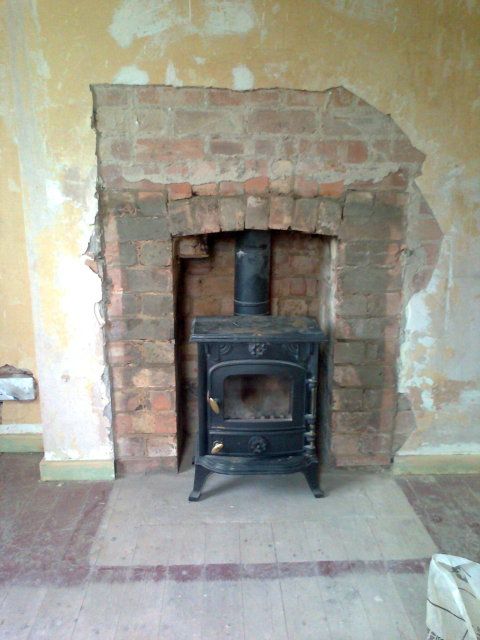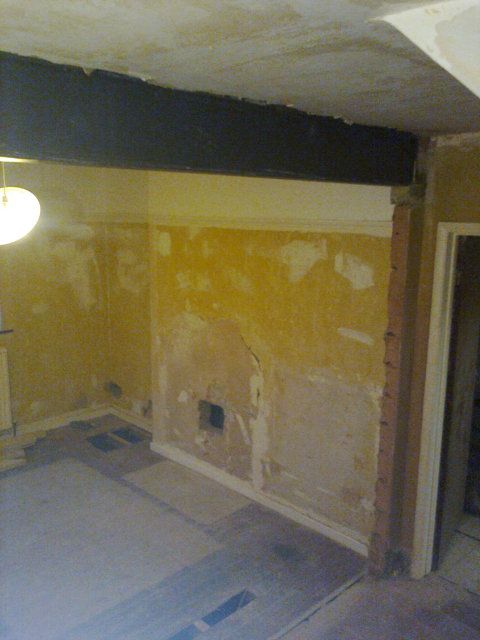MarkJunedd
Active Member
Well heres the thing. SWMBO and myself have been doing up our 100 yr old house for the last year and when we redecorated the lounge (after knocking though the dividing wall ) I removed the ancient and deadly looking gas fires to reveal the old hearths that were built with the house.I then boarded over the openings just to have a flat wall running front to back of house. We did for while put a dog basket in the hearths to heat the room with a real fire so i know that the chimneys are open. Now we fancy putting in a wood burner or multi fuel stove and was wondering if there is a minimum length a flue pipes needs to be shoved up the chimney ? Any body know ? Cheers.


 thats what i hope mine will end up looking like after this weekend)
thats what i hope mine will end up looking like after this weekend)


